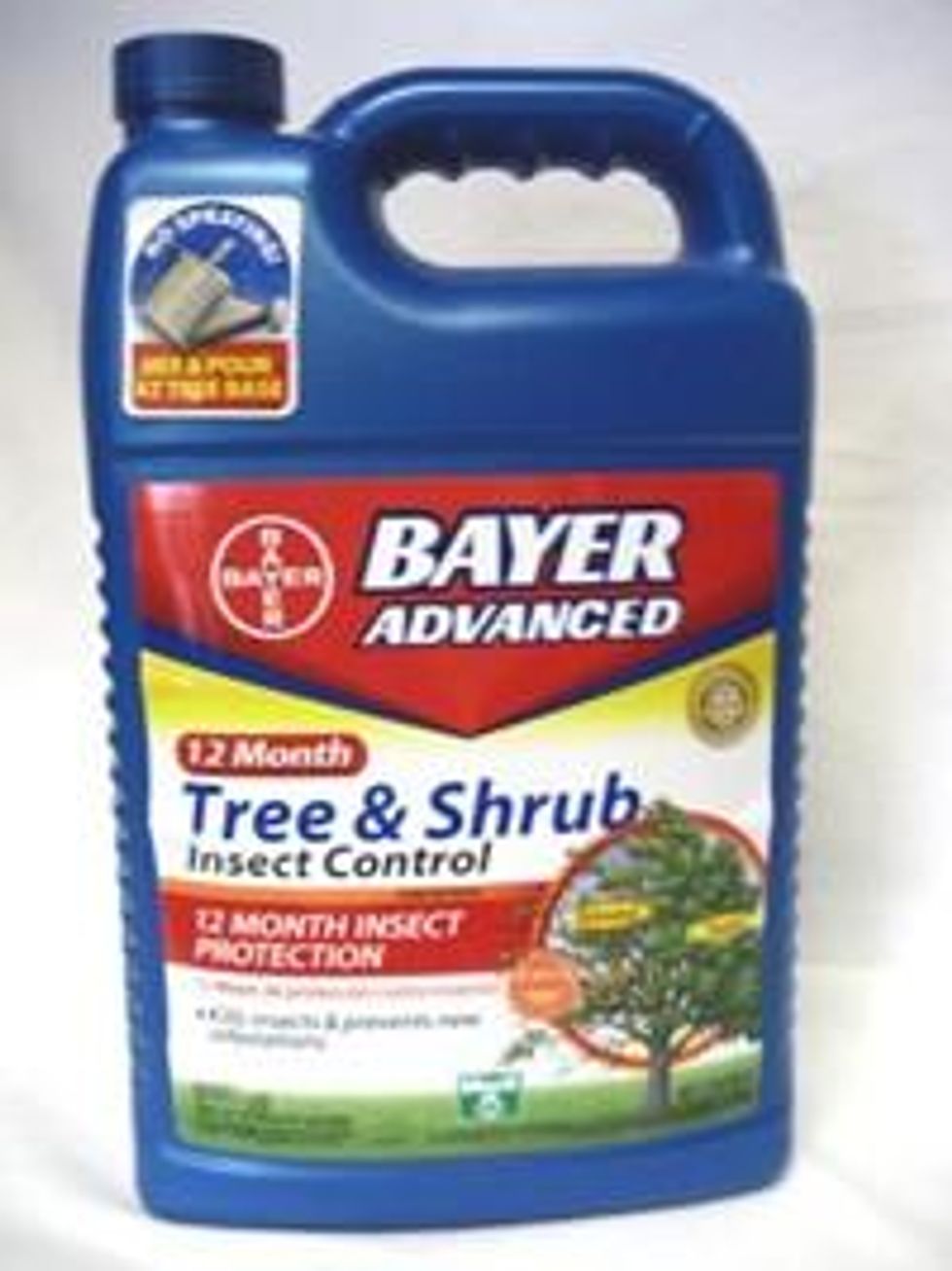A new study published in Naturwissenschaften - The Science of Nature by a leading bee expert provides damning evidence that a widely used pesticide, even at low levels, is responsible for the recent catastrophic decline in honey bees. Dr. Jeff Pettis of the USDA's Bee Research Laboratory in Beltsville, MD led the study.
Colony collapse disorder, as this phenomenon is known, has been getting worse since 2006.
The news has brought renewed calls for these pesticides, which only became widely used in the 1990s, to be banned as honey bees are key to human's survival - pollinating 70 per cent of the crops which produce most of the world's food.
The pesticide that the study (pdf) looked at was imidacloprid, one of the most widely used pesticides worldwide. It is neonicotinoid insecticide produced by Bayer CropScience.
* * *
The Independentreports:
Compelling new evidence from the US government's top bee expert [Dr Jeffrey Pettis] that modern pesticides may be a major cause of collapsing bee populations led to calls yesterday for the chemicals to be banned. [...]
Researchers found that bees deliberately exposed to minute amounts of the pesticide were, on average, three times as likely to become infected when exposed to a parasite called nosema as those that had not. The findings, which have taken more than three years to be published, add weight to concern that a new group of insecticides called neonicotinoids are behind a worldwide decline in honey bees, along with habitat and food loss, by making them more susceptible to disease. [...]
"The science is now clear, bees poisoned by neonicotinoid pesticides are much more likely to die from disease, gather less food and produce fewer new bees."Buglife, the invertebrate conservation charity, is calling for a ban on the controversial pesticides. Its director, Matt Shardlow, said yesterday: "The science is now clear, bees poisoned by neonicotinoid pesticides are much more likely to die from disease, gather less food and produce fewer new bees." He added: "Buglife's 2009 review of the science of environmental impacts from neonicotinoid pesticides showed that there was serious cause for concern. We called for a ban then, and as subsequent research has only added to concerns, including the revelation that neonicotinoids make bees prone to a diseased death, we are repeating our call for these toxins to be banned."
The Government needs to take urgent action, said Tim Lovett, of the British Beekeepers Association. He backs the findings of the new research: "Their conclusions are right ... here is some data that would appear to suggest links between widely used pesticides and pathogens."
* * *
In October CNN reported:
The EPA has based its approval of neonicotinoids on the fact that the amounts found in pollen and nectar were low enough to not be lethal to the bees -- the only metric they have to measure whether to approve a pesticide or not. But studies have shown that at low doses, the neonicotinoids have sublethal effects that impair bees' learning and memory. The USDA's chief researcher, Jeff Pettis, told me in 2008 that pesticides were definitely "on the list" as a primary stressor that could make bees more vulnerable to other factors, like pests and bacteria.
* * *
The new study puts the "low enough to not be lethal to the bees" under scrutiny.
This is potentially game-changing research for understanding Colony Collapse Disorder.Last year Tom Philpott wrote on Grist about a report in the Independent showing:
... Pettis at the USDA's very own Bee Research Laboratory completed research two years ago suggesting that even extremely low levels of exposure to neonicotinoids makes bees more vulnerable to harm from common pathogens.
Philpott noted:
This is potentially game-changing research for understanding Colony Collapse Disorder. Scientists have been focusing on the interaction between the Nosema fungus and a virus called Iridoviridae as the culprit. Pettis' research seems to suggest that neonicotinoids play a role, too -- and at levels so low that researchers may be overlooking them.So, let's get this straight. The chief scientist at the top U.S. government bee-science institute completed research two years ago implicating a widely used, EPA-approved pesticide in what can plausibly be called an ecological catastrophe -- the possible extinction of honeybees, which pollinate a huge portion of U.S. crops. Why are we just now hearing about this -- and why are we only hearing about it through an obscure documentary filtered through a British newspaper?
# # #


